Still using generic visuals for your brand story? If you are, you’re not alone but you’re also probably not being remembered.
In 2025, audiences scroll fast, attention spans shrink, and visuals that don’t connect get skipped. Brands that stand out today don’t just look good. They feel personal. Human. Real.
That’s where character animation comes in. Animated characters aren’t just for entertainment anymore. They’re becoming the front-line voice of businesses, guiding customers, building trust, and helping brands express ideas with more clarity and emotion than any stock video ever could.
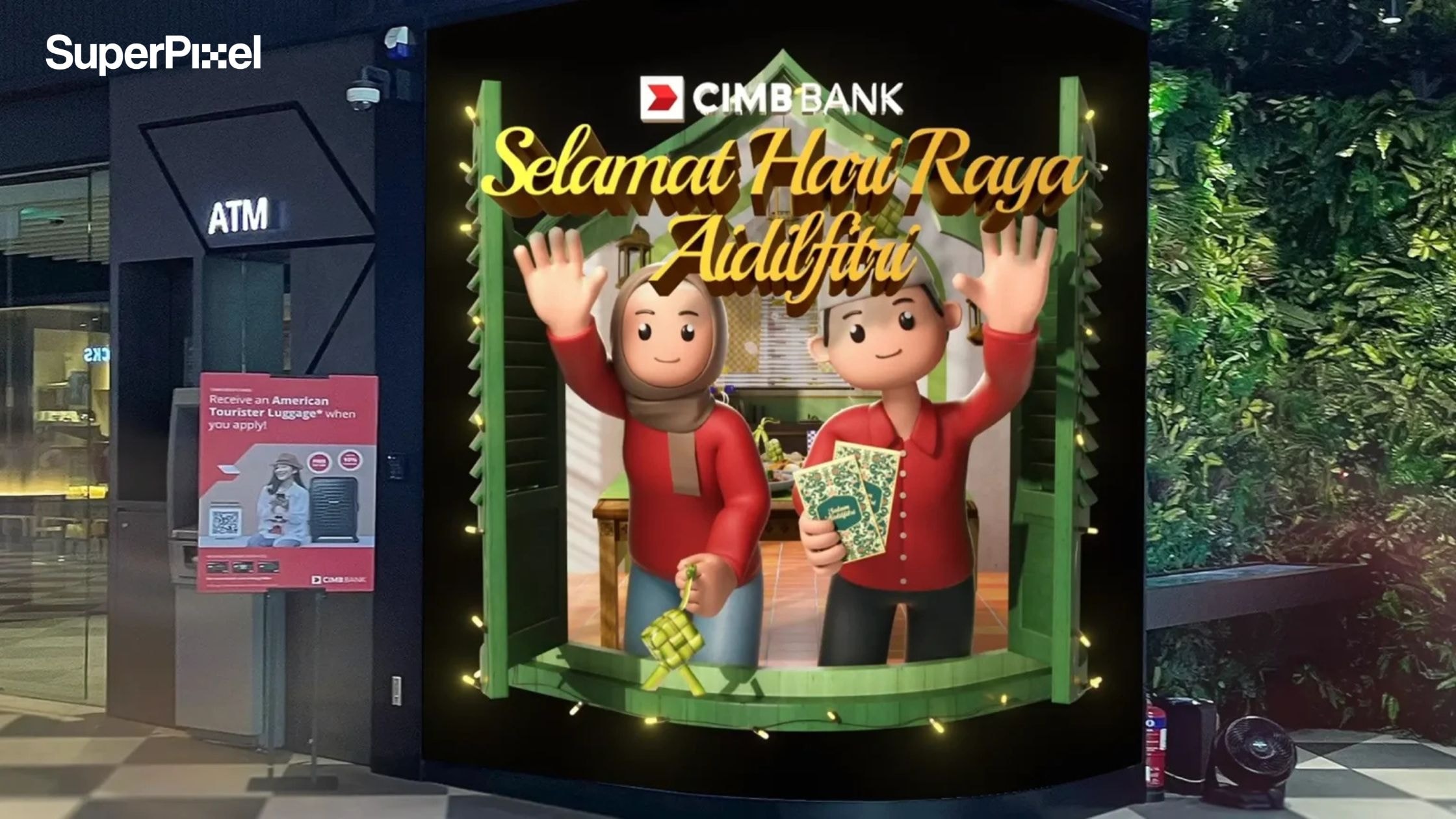
So why now? And why you? Because animation is no longer optional. It’s expected. And the difference between hiring the right studio versus the wrong one can mean the difference between creating a visual that moves people or one that just moves.
By the end of this article, you’ll understand why 2025 is the moment to lean into character animation and how to choose the team that can bring your vision to life the way your audience will feel it.
Before it moves, it’s drawn. Dive into our blog “Animation Storyboard” to see how every great animation starts with a smart, visual plan.
What Character Animation Services Actually Do for Your Brand
For business leaders, this is more than just “cool animation”. Most people still think character animation is just about making something move. But in 2025, animation isn’t a novelty, it’s strategy.
At its best, character animation becomes the voice and face of your brand, working 24/7 across platforms, campaigns, and regions. It’s not just a video. It’s a smart, scalable asset designed to communicate, connect, and convert.
Now, why do animated characters work so well in marketing? Humans are wired to recognize faces and emotions, it’s how we build trust. Animated characters tap into that wiring instantly.
Whether you’re explaining a complex product or launching a new service, characters act as emotional bridges.
They turn dry information into visual stories your audience actually remembers. Not to mention, they make your brand feel approachable, not corporate or cold.
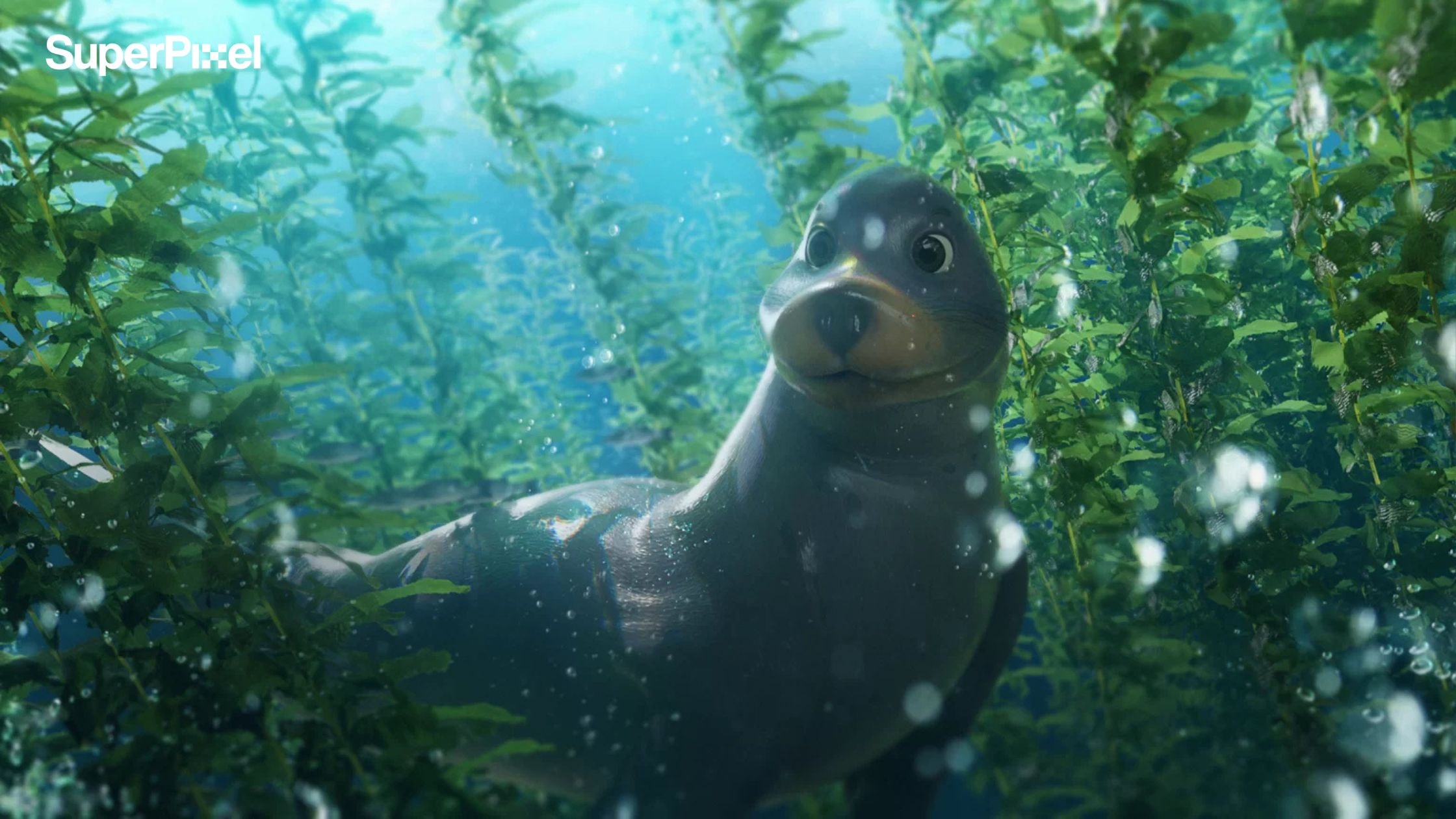
Generally speaking, not all animated characters serve the same purpose.
Some are built to represent the brand over time, others to explain or humanize a specific message.
- Mascots create long-term identity, great for brand-building over years.
- Guides help users understand a product or process, step-by-step.
- Avatars let users see themselves in your story to powerful for SaaS, healthcare, or education.
What ties them together is their goal: to shift how your audience feels and then acts.
Done right, character animation isn’t decoration, it’s performance with purpose.
And the metrics prove it. These characters can lift ad engagement, increase watch time, reduce bounce rates, and build long-term recall.
This is emotional UX, visual storytelling designed for conversion. When you think of character animation this way, it’s not just creative but it’s commercial.
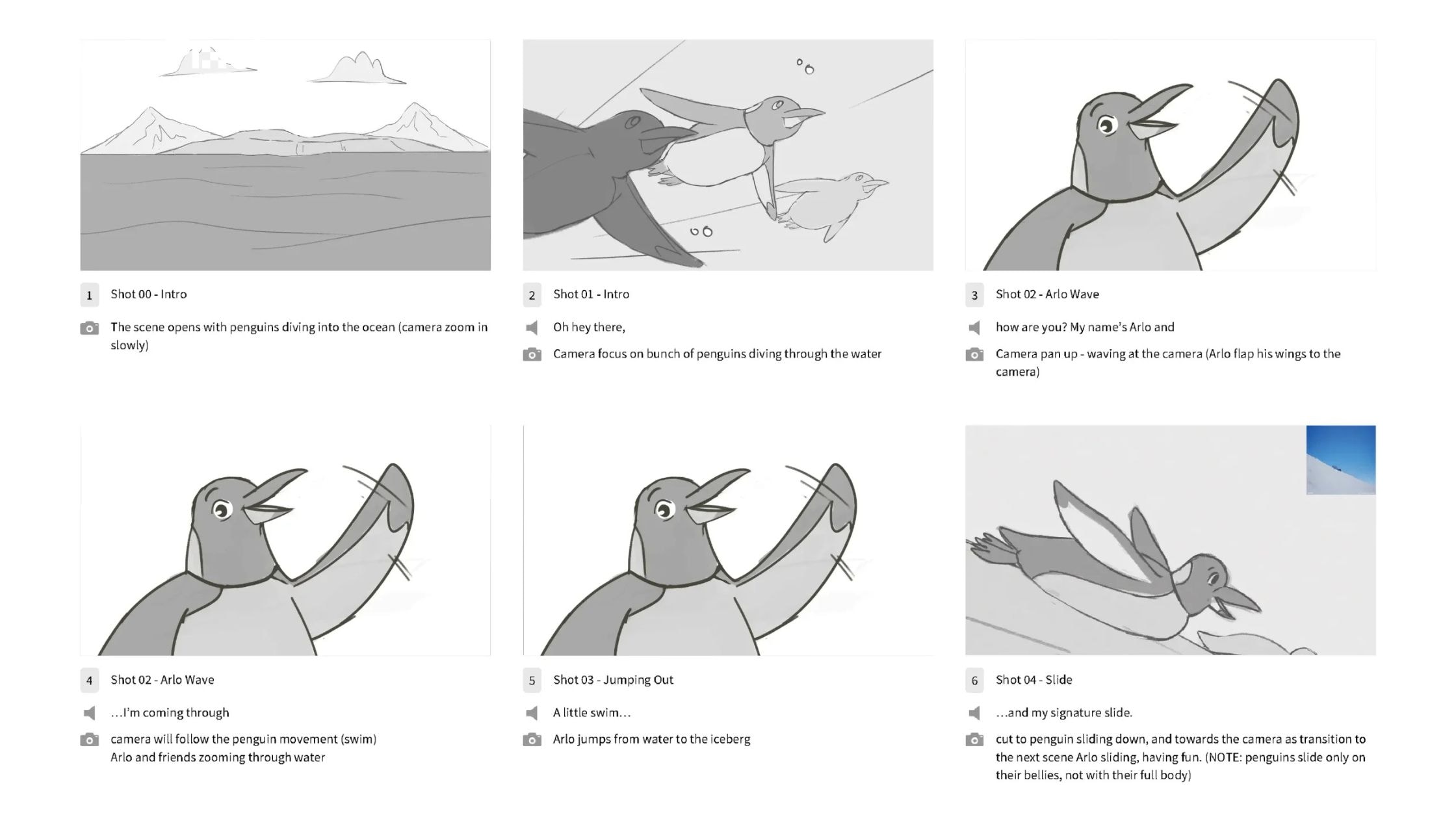
Post Production and Creative Design Workflow
When you invest in character animation, you’re not buying a file, you’re commissioning a production. Every second of animation is built, not captured. There are no lucky takes or “let’s try that again” moments.
Here’s how the process unfolds, step by step:
- Discovery – Clarifying your brand voice, audience, and campaign goals.
- Concept Art – Defining the look and feel. This is where your character’s personality is born.
- Storyboarding – Sketching out the visual narrative. You’ll see how the message unfolds scene-by-scene.
- Rigging – Giving the character its internal bones, joints, and range of motion.
- Animation – The real performance. This is where timing, acting, and emotion come to life.
- Sound Design & Polish – Voiceovers, music, and subtle effects elevate the final impact.
Each phase gives you insight, control, and checkpoints. You’ll know what’s happening and why without getting buried in the details.
That said, not every phase gets the attention it deserves. Concept art, in particular, is often underestimated. But it’s foundational.
It captures not just what a character looks like but how they feel, move, and represent your brand. Teams that cut corners here often end up paying for it later in revisions, confusion, and misalignment.
Want to see how it all comes together? Read our blog “Animation Process: 7 Steps To Create Quality Content” to understand what really goes into every frame.
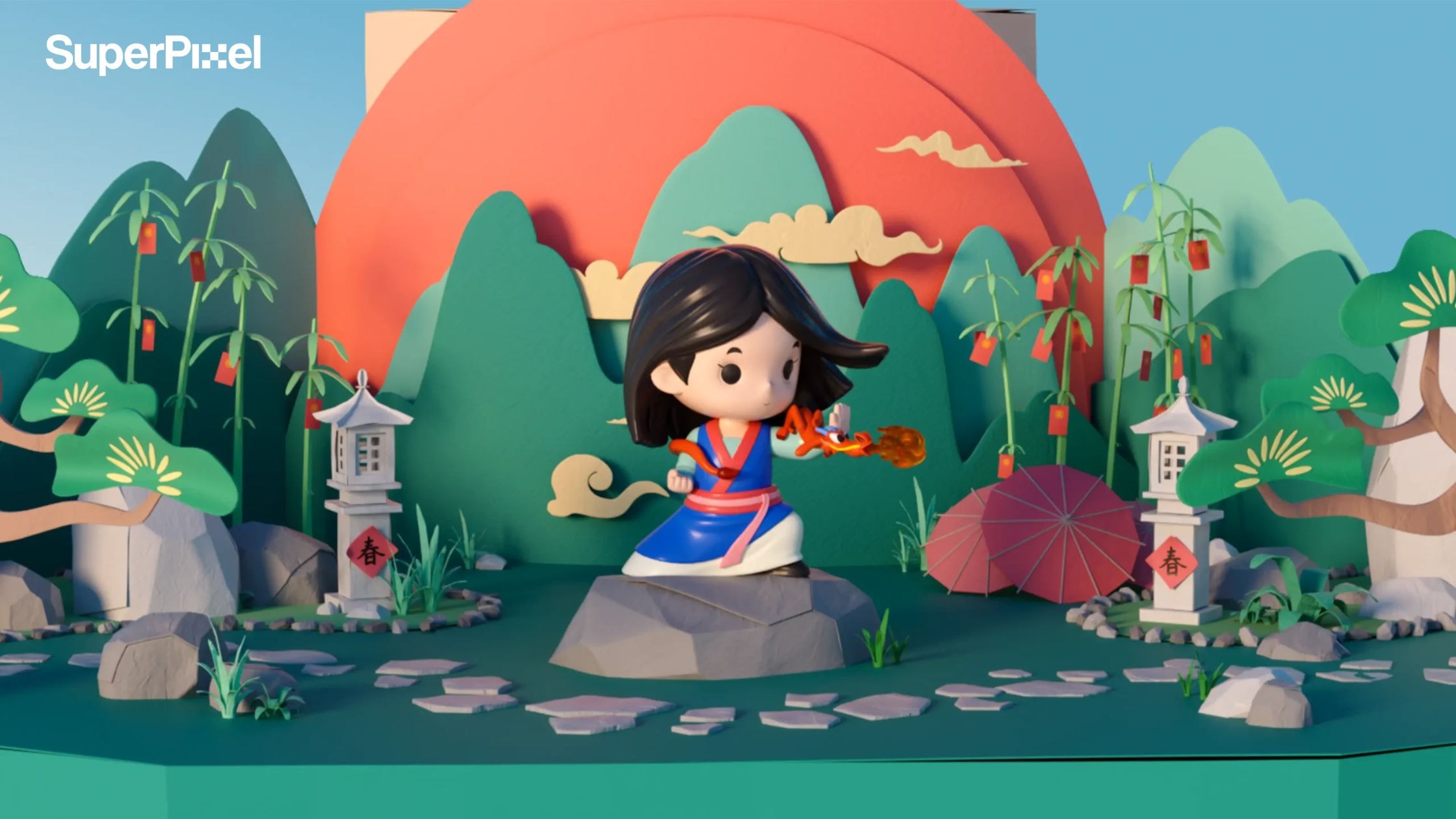
Choosing the Right Studio for Explainer Videos
Not every studio can turn complex ideas into clear, scroll-stopping stories. If you choose the wrong one, your explainer might end up explaining nothing at all.
The right team blends creativity with expertise to convey your message with maximum impact across multiple platforms.
Game Development Studios Aren’t All the Same
Choosing the right team to create your 3D character animation isn’t just about portfolios. It’s about trust, communication, and the ability to translate your ideas into movement, emotion, and clarity.
Every project has unique requirements, so the best studios take time to determine what your brand really needs before they start animating.
When the stakes are high in product launches, explainer videos, or advertising, you need more than just skilled animators. You need partners who develop creative solutions that make your brand unforgettable and your message crystal clear.
What to Look for in Visual Effects Studios
On the other hand, pay attention to how they communicate. Do they ask the right questions? Do they show an understanding of your target audience and goals?
Look for signs of a true creative team that values collaboration and provides regular updates throughout the process.
Realistic movement and beautiful models are great, but what really matters is whether they know how to deliver emotion, timing, and brand consistency. This includes everything from texturing to pre-production techniques that shape the final product into something truly memorable.
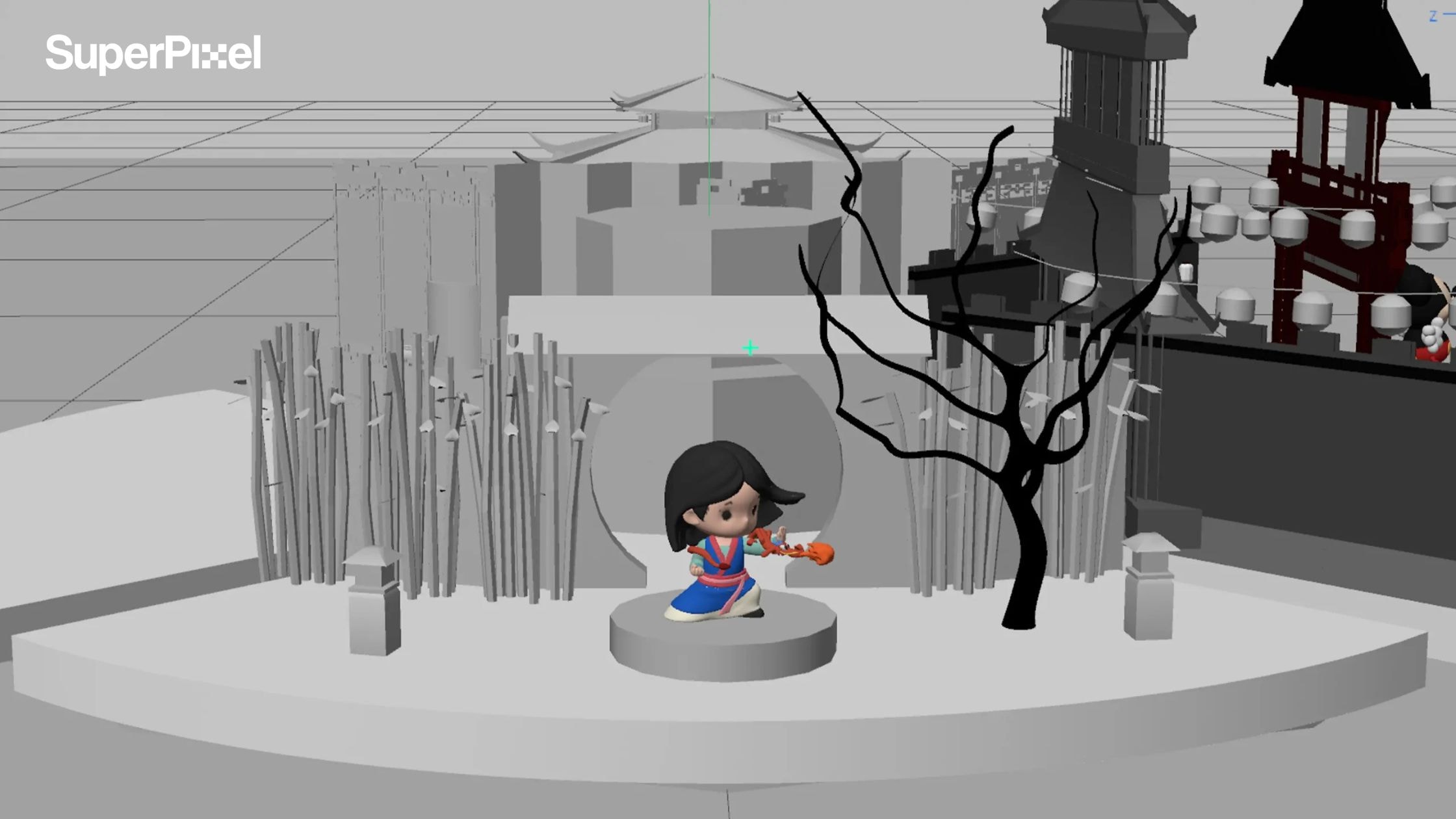
Experience Always Beats Tech Specs
Great animation doesn’t come from the latest technology. It comes from animators who’ve created characters for games, film, or brand content and who know what works in real scenes.
Their expertise allows them to explore different styles, from cartoon exaggeration to lifelike realism, depending on your project’s tone and audience.
A team that has produced 3D character animation services across different industries will be far better equipped to guide your project, manage cost, and deliver results that drive success.
Budget Matters, but Value Matters More
Cheaper isn’t better, and expensive doesn’t guarantee quality. The right studio will show you how each phase of the process from concept to final product supports your brand story with excellence.
They balance artistic mood with realistic movement and use techniques like keyframe animation or motion capture depending on your unique needs. When you work with people who treat animation as an art form, not just a transaction, the result is dynamic, fun, and built to last long after delivery.
Every great animation starts with a plan. Discover how in our blog “How To Create a Video Storyboard and Why You Need One.”
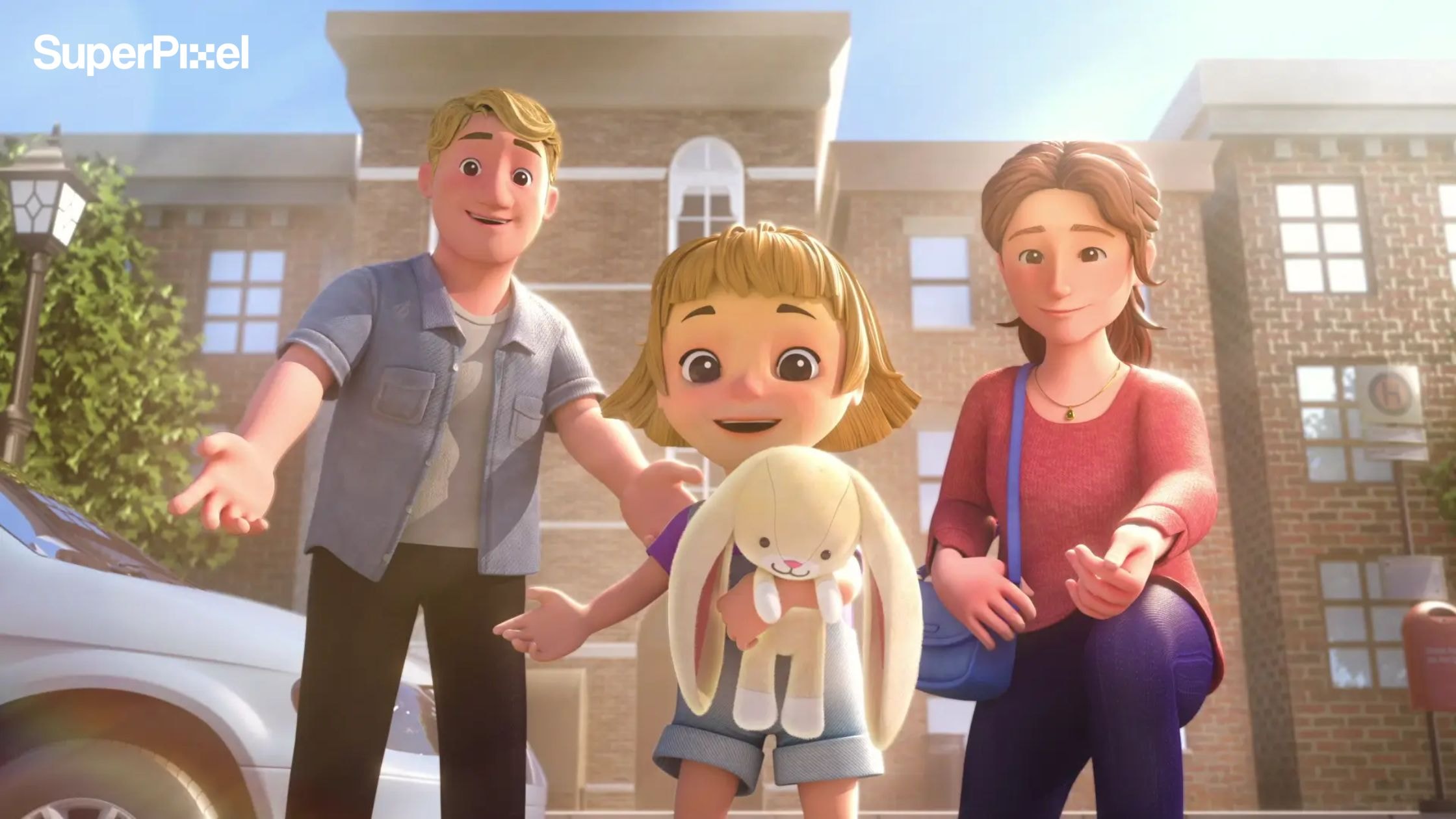
Creative Design vs Animation
Design makes you look, and animation makes you stay. The real magic happens when both speak the same visual language.
Design Shapes Perception in 3D Animation
The shapes, colors, and posture of a character speak before they move. That first impression is strategy, not style. It’s how your audience connects to your brand’s personality, instantly.
Choosing the right 3D animation studio can make or break your story. Learn how in our blog “Tips On How To Choose A 3D Animation Studio For Your Next Project.”
Design shapes perception. Animation brings it to life
Designers set the visual tone. Animators turn that vision into movement, emotion, and story. You may need one or both, depending on where your project starts.
A strong 3D model still needs lifelike motion. A great idea still needs visual direction. Facial expressions play a huge role in character believability, they’re what turns a model into someone we emotionally connect with.
The lines blur but the difference matters
At SuperPixel, we keep roles clear and collaboration close. Because when designers, character animators, and technical artists align, your character doesn’t just look good. It moves right, feels right, and delivers emotion your audience won’t forget.
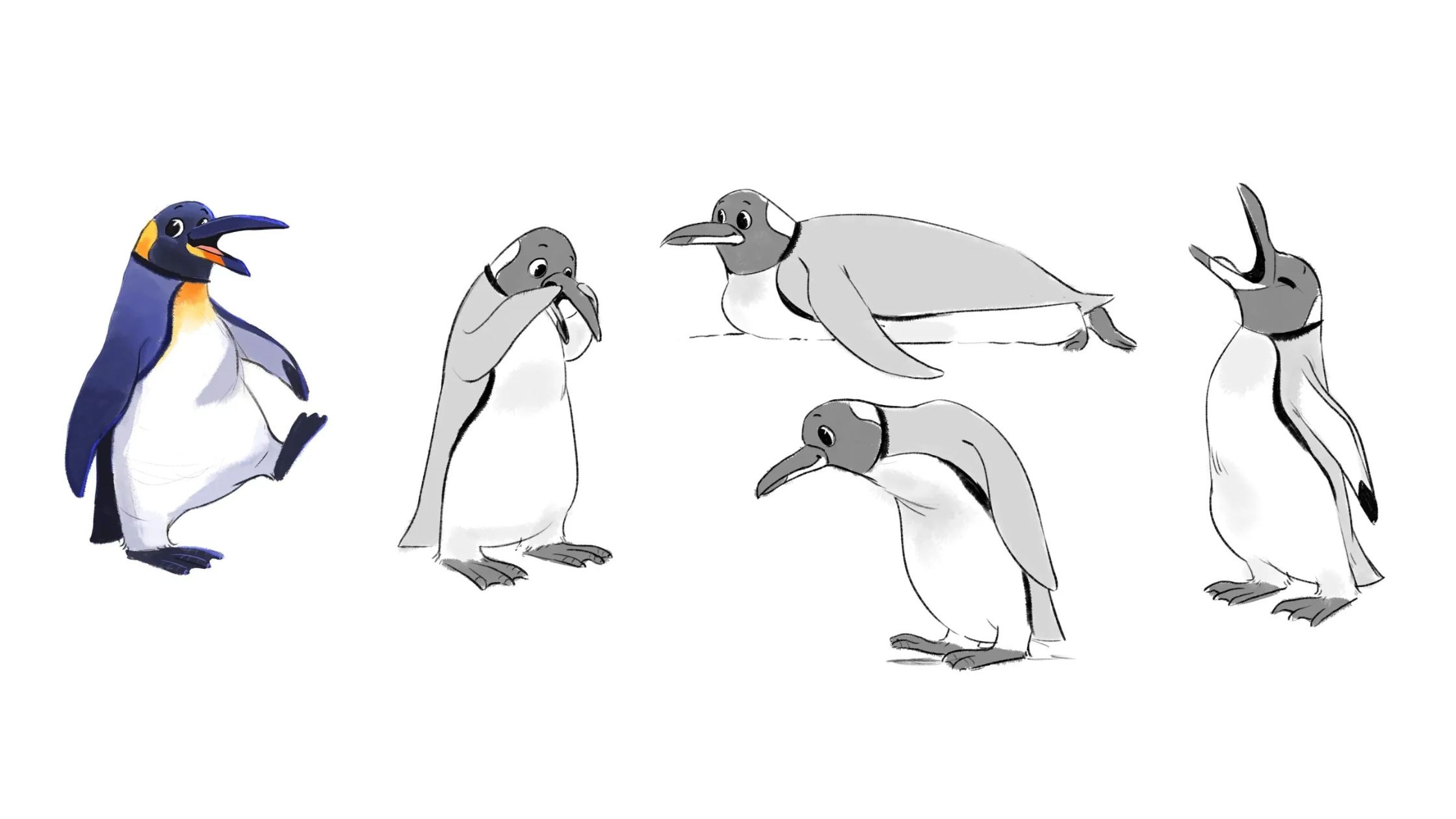
Why Creature Animation is Winning in Complex Industries
Sometimes the most “unreal” creatures explain reality best. That’s because creature animation isn’t fantasy: it’s physics, storytelling, and strategy in motion.
Explaining complex ideas is hard. Creature animation makes it easier.
In industries like tech, healthcare, and education, dry content loses attention fast. But when you use imaginative non-human characters, you unlock a whole new way to connect. No cultural baggage, no stiff delivery. Just clear, emotional storytelling.
Creature animation lets you move through virtual worlds, use visual cues, and keep things engaging without being childish. It delivers clarity without complexity. Lifelike movement with the kind of flexibility human characters often cannot match.
Take Arlo, the King penguin created by SuperPixel for Mandai Wildlife Group. Through 3D character animation, Arlo became the face of environmental education for children playful, relatable, yet carrying a powerful message about conservation.
The video surpassed 300,000 views on YouTube and boosted awareness of the Ranger Buddies program, proving how non-human characters can simplify big issues while keeping audiences engaged.
Most studios overlook this. SuperPixel does not
We use creature animation to help brands simplify the abstract without losing impact. When your message is complex, you do not need more text. You need movement that makes people feel and understand.
Building an Animation Team That Understands Your Brand
Creating animations that resonate with real audiences takes more than software or style.
It takes an animation team that listens, adapts, and understands your brand at its core. When you’re building digital characters or planning a 3d animation project, who’s on the team matters just as much as the tools they use.
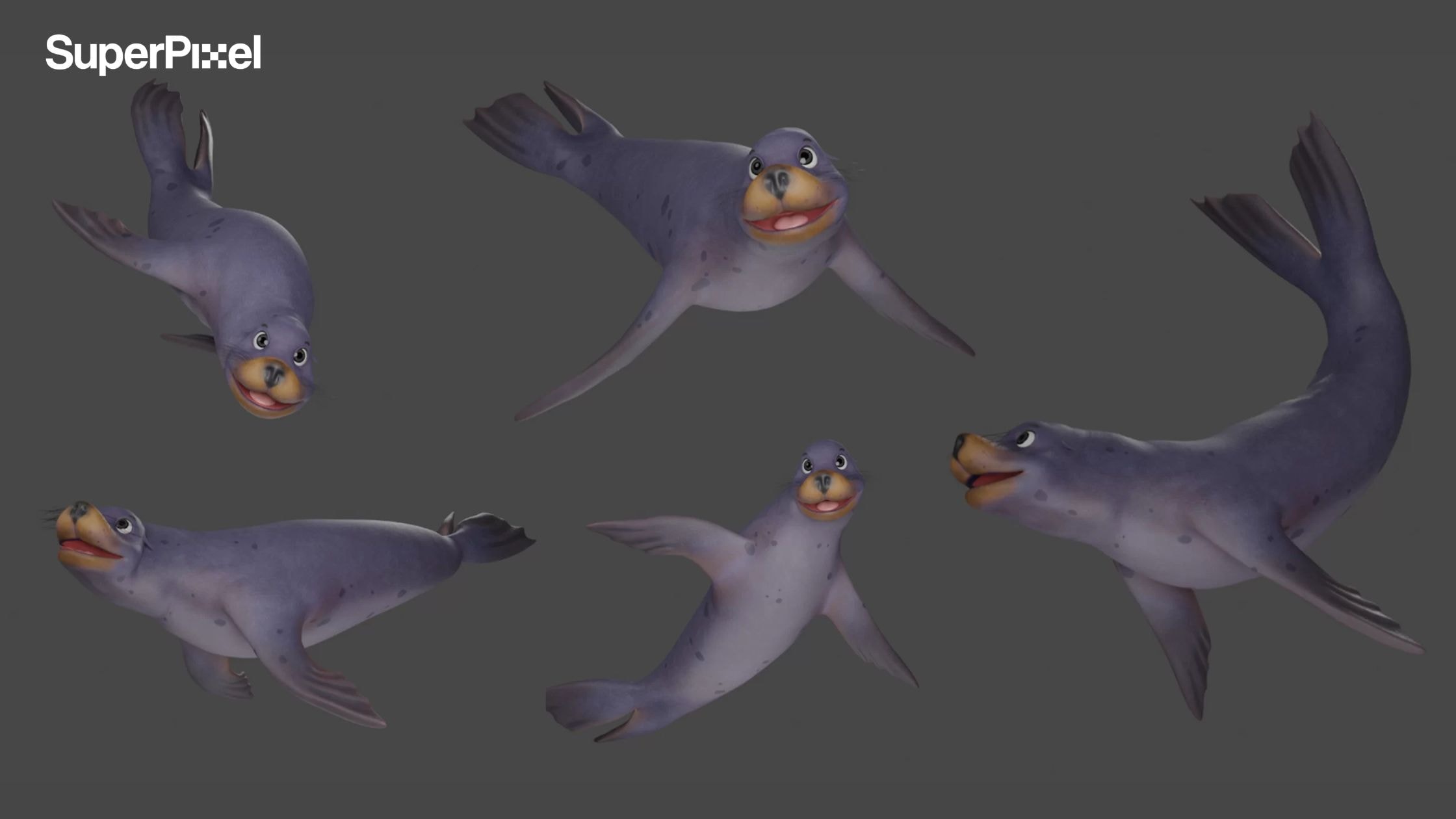
So who’s actually involved in a professional animation team
Every project is different, but here’s a quick breakdown of who you’ll likely collaborate with:
- Creative Director – Guides the vision and tone of the entire animation
- Concept Artist – Crafts the look and artistic feel of characters and scenes
- Character Designer – Focuses on personality, proportions, and brand alignment
- Rigging Specialist – Builds the digital skeleton that enables natural movement
- 3D Animator – Brings it all to life through timing, acting, and lifelike motion
- Producer/Coordinator – Manages deadlines, feedback loops, and communication
Each role plays a part in delivering work that’s not just beautiful but on-brand.
Not sure if you need an agency? You probably do. Learn why in “5 Reasons Why You Should Collaborate with a Creative Agency.”
Skill matters. But communication shapes the outcome
Even the most talented animators can miss the mark without clarity. The best teams don’t just take notes. They ask the right questions, anticipate feedback, and keep ideas aligned from start to finish.
Tools are useful. People are essential
Do they use professional software like Autodesk Maya or Unreal Engine? But without the right team, it is just code.
What makes the difference is how your animators listen, adapt, and shape your vision into something your audience feels. They may use a range of animation software, but what matters most is how they apply it to tell your story.
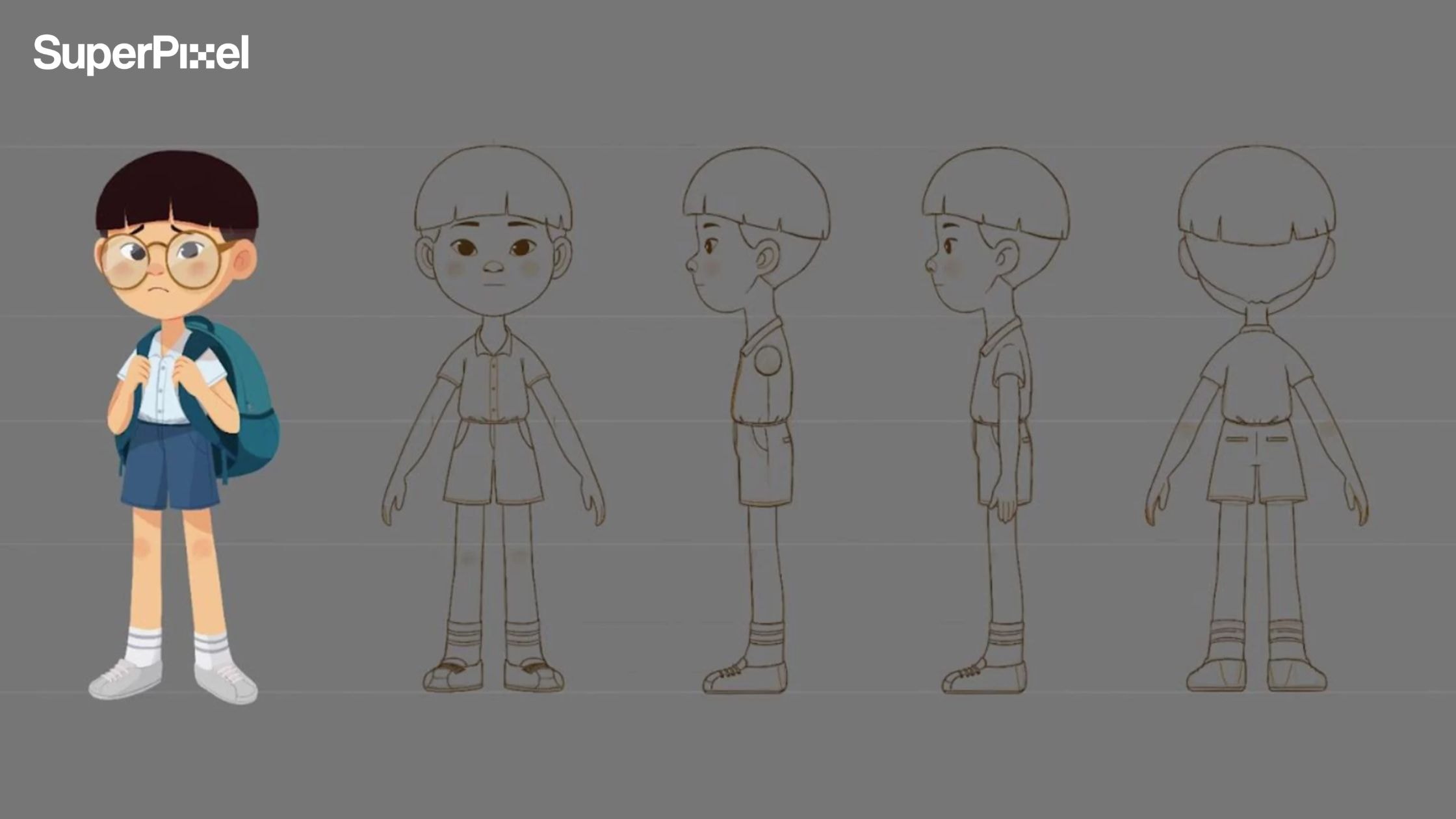
When Collaboration Sparks, Animation Reaches Full Potential
You get characters that move with intention, express emotion naturally, and carry your brand’s energy.
The result is not just visual, it is emotional. It sticks. When done right, animation flows with purpose by using fluid motion that feels intentional and expressive, not mechanical.
Realistic characters are not just about detail, but about performance that mirrors human behavior and emotion.
Your Brand Deserves More Than Stock Visuals
Generic content doesn’t connect. In 2025, your audience scrolls fast but they stop when something feels real. Character animation gives your brand that edge. It brings emotion, clarity, and movement your viewers actually remember.
Whether it is a mascot, a guide, or a creature in three dimensional space, your story deserves life. Animation makes that happen.
At SuperPixel, we’ve seen how the right character can shift perception in seconds. When creative teams work closely with you when they understand your voice, the result is more than visual. It feels personal. And it works.
You do not need to go big. You just need to go real. With style, clarity, and heart. Because in a world full of noise, the brands that feel the most human always win.